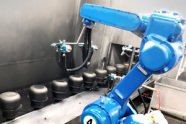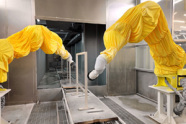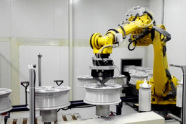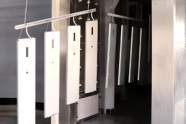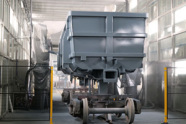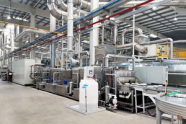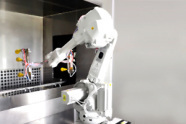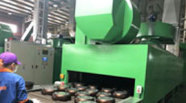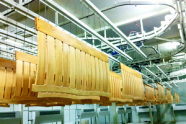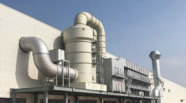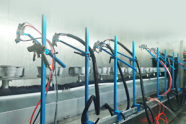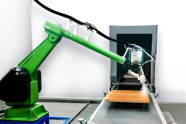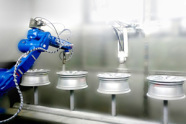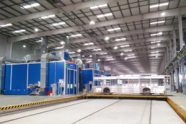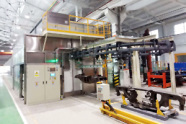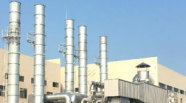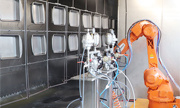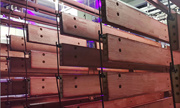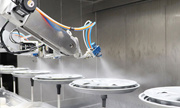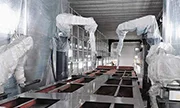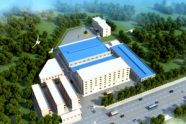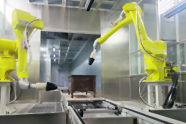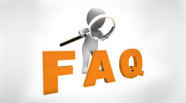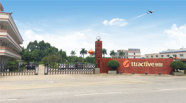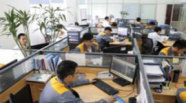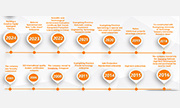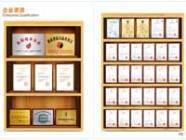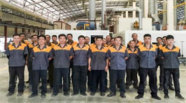All categories
Related News
12
2025
-
11
Energy-Efficient Coating Line Solutions with Heat Recovery
Author:
Chuangzhi Coating
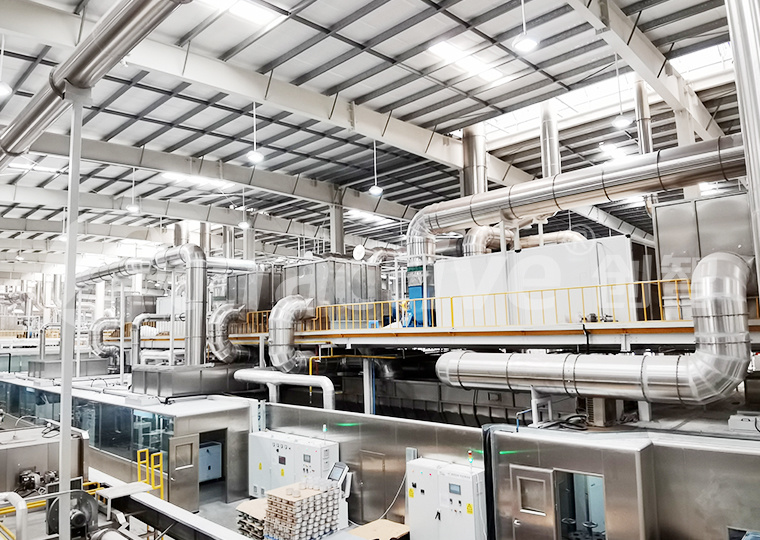
1. Heat Recovery Coating Systems: Capturing Waste Heat for Recycling
- Primary flue gas recovery: A high-efficiency heat exchanger is installed at the air outlet of the curing oven to heat fresh air (from 25℃ to above 200℃) using high-temperature flue gas. The preheated fresh air is directly sent into the curing oven chamber, replacing traditional electric heating or natural gas direct combustion, reducing energy consumption for chamber heating by 60%;
- Secondary condensation heat exchange: The medium-temperature flue gas (150-200℃) after primary recovery enters the condensation heat exchanger to heat degreasing and phosphating solutions in pretreatment tanks (from room temperature to 50-60℃), meeting the temperature requirements of pretreatment processes and reducing energy consumption of independent heating equipment;
- Tertiary hot water recovery: The final low-temperature flue gas (50-80℃) generates hot water through a waste heat boiler, which is used in auxiliary scenarios such as workshop cleaning and employee domestic water, realizing "zero waste" of energy.
2. Coating Line Energy Efficiency Optimization Solutions: Full-Process Cost Reduction, Beyond Recovery
- Equipment collaborative energy saving: Link the heat recovery coating system with the spraying booth and conveyor chain, and dynamically match production capacity and energy consumption through the PLC control system — when the number of workpieces decreases, automatically reduce the curing oven power and slow down the conveying speed to avoid "idle energy consumption"; when shutting down for changeover, the system enters heat preservation mode, maintaining the chamber temperature at 100℃±5℃, and the heating time is shortened by 40% when restarting;
- Fan frequency conversion transformation: Fans in spraying booths and drying chambers adopt frequency conversion control technology, automatically adjusting air volume (range 30%-100%) according to workpiece size, saving 25% energy compared with traditional fixed-frequency fans, while reducing noise to below 85dB;
- Insulation structure upgrade: The curing oven body adopts aluminum silicate fiber + rock wool composite insulation layer (thickness 150mm), controlling the surface temperature within 50℃, reducing the heat loss rate to below 10%, and further reducing energy consumption by 15% compared with ordinary insulation designs.

3. Multi-Industry Adaptation: Precise Balance Between Energy Saving and Production Needs
- Automotive industry (high-temperature curing demand): For engine blocks (curing temperature 220℃), strengthen the primary flue gas recovery efficiency to ensure fresh air is preheated to above 200℃, meeting high-temperature process requirements while controlling the energy consumption per product within 80kW·h/piece;
- Furniture industry (medium-temperature multi-batch): For metal furniture (curing temperature 180℃), optimize secondary condensation heat exchange and changeover heat preservation logic to adapt to more than 10 changeovers per day, reducing energy loss per changeover by 60%;
- Hardware industry (small-batch fast rhythm): Customize compact heat recovery coating systems for small hardware parts, integrating micro heat exchangers and instant heating modules, ensuring a production capacity of 3,000 pieces per hour while reducing energy consumption by 28% compared with traditional lines.
4. Long-Term Value: Full-Cycle Benefits from Energy Saving to Low Carbon
- Policy dividends: In line with the "Measures for Energy Conservation Management of Key Energy-Using Units", eligible for energy-saving technological transformation subsidies. One enterprise received a local government subsidy of 200,000 USD;
- Carbon asset appreciation: By reducing carbon emissions (each ton of standard coal reduced is equivalent to 2.6 tons of CO₂ emission reduction), it can participate in carbon trading for benefits in the future;
- Operation and maintenance optimization: The coating line energy efficiency optimization solution includes an intelligent monitoring system, displaying real-time energy consumption data and recovery efficiency, supporting mobile viewing for precise decision-making by management.
Conclusion
SEO:
Next Page

